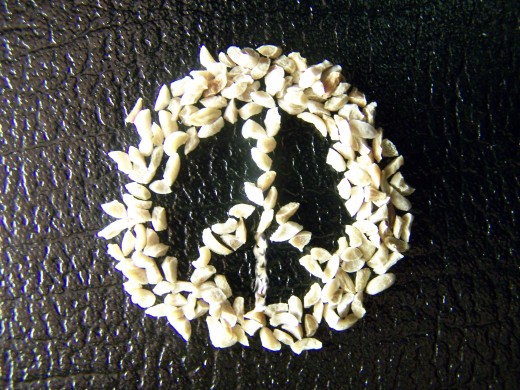Quick Plant Care Guides: Corn Plant

© Copyright Notice ©
My photographs are mine, taken by me, with my camera. You may use them for personal reasons (desktop backgrounds, personal websites or you can print them for personal use.)
If you choose to use them on websites I require a link back to my HubPages. You may link to my profile or to one of my Hubs.
You may not use them without my permission or for profit.
I sell my art and if you are interested in purchasing it send me a message.
ALL of my articles are MINE and you may NOT use them for anything but reading on my page.
How to Repot Corn Plants
Divide corn plants (Dracaena fragrans) in spring. A good time to pot is every three years, or when the roots have outgrown their pot.This plant prefers to be root bound. Provide it with quick draining soil to prevent soggy roots.
Use a quality worm casting compost tea when you water. Allow the plants’ soil to dry out slightly between watering. Prevent root damage when repotting by packing the potting soil carefully with your fingers. Too much pressure will damage the plant's delicate roots.
Remove the corn plant from its pot. Tap the sides gently to loosen the roots.
Tease the plant's roots apart carefully. This will remove old soil and allow a closer look for problems. Look for rotted roots or insect activity.
Check the roots for signs of rot, damage or insects. Remove any damaged areas with a clean pair of scissors.
Add enough fast-draining soil to the new pot to fill it so the top of the corn plants roots reach one inch below the pots’ edge. It is helpful to mound the soil in the center for good root distribution.
Water the soil thoroughly to remove air pockets.
Splay the roots over the mounded soil.
Add the remaining soil, packing it gently with your fingers as you go.
Water the soil with fluoride-free water. Fluoride causes unsightly leaf spots on corn plants.
Fertilize with worm casting tea to prevent burning the newly potted plant. Saturate the soil with the tea. Add one pound of worm castings and two teaspoons of unsulphured molasses to five gallons of water to make the tea. Use an aquarium air pump to aerate the tea during storage.









